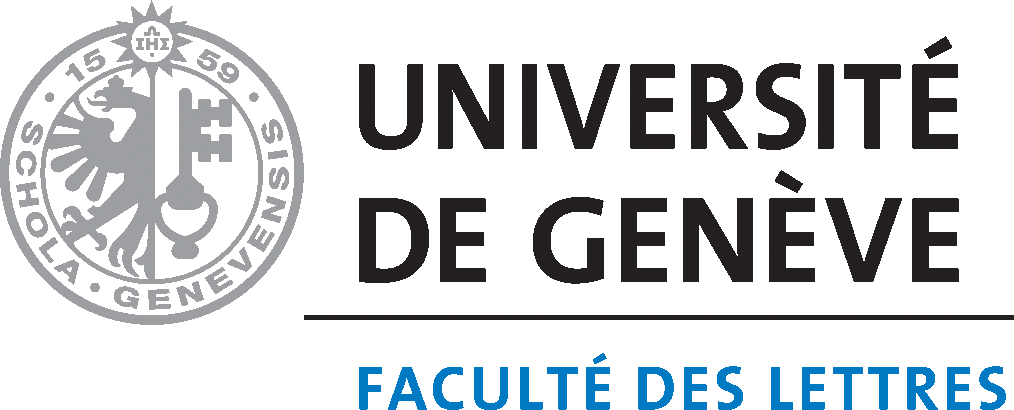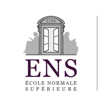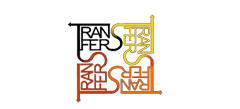Abstract
Through the example of Bagyi Aung Soe, Myanmar’s leader of modern art in the twentieth century, this essay examines the potential of Śāntiniketan’s pentatonic pedagogical program embodying Rabindranath Tagore’s universalist and humanist vision of an autonomous modernity in revitalizing the prevailing unilateral and nation-centric narrative of modern Southeast Asian art. It brings into focus the program’s keystones on the modern, art and the artist, which have been pivotal in discoursing on the Burmese alumnus of the ashram-turned-university, and explores how the same might be applicable to fellow artists in Myanmar and the region.
Recommended Citation
KER, YIN. "Śāntiniketan and Modern Southeast Asian Art: From Rabindranath Tagore to Bagyi Aung Soe and Beyond." Artl@s Bulletin 5, no. 2 (2016): Article 2.
Included in
Art Education Commons, Art Practice Commons, Asian Art and Architecture Commons, Modern Art and Architecture Commons, Other History of Art, Architecture, and Archaeology Commons, Other International and Area Studies Commons, South and Southeast Asian Languages and Societies Commons






